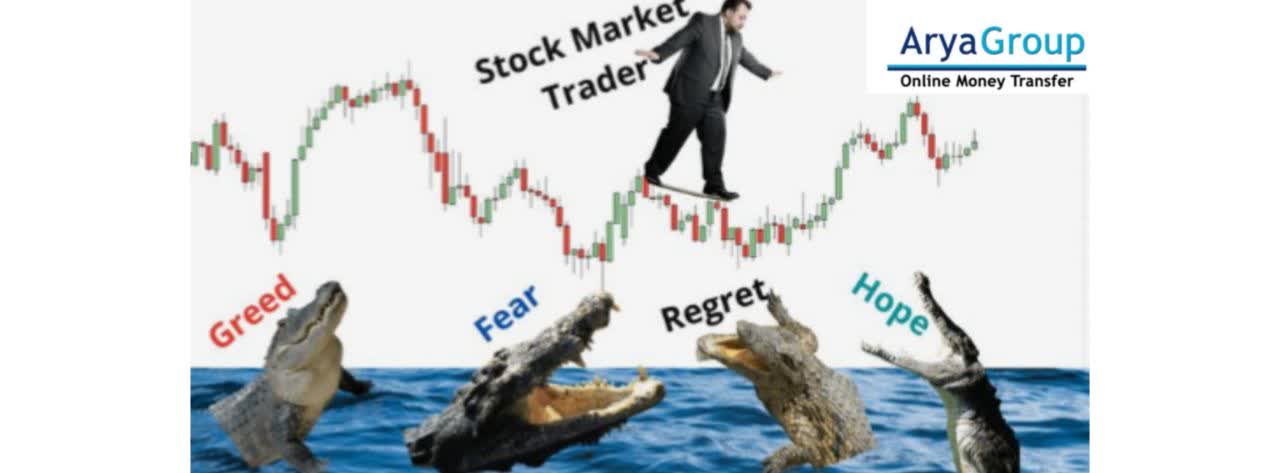Decoding Market Emotions: The Fear & Greed Index Explained

The Fear & Greed Index is a tool that evaluates market sentiment by analyzing various factors, including market momentum, stock price strength, stock price breadth, put and call options, junk bond demand, market volatility, and demand for safe havens. It categorizes market emotions into two main sentiments: Fear and Greed.
Fear indicates a situation where investors are apprehensive, which may lead to market sell-offs or stagnation. In such scenarios, the Index can help identify undervalued assets as potential buying opportunities.
Greed reflects a phase where investors exhibit overconfidence and engage in aggressive buying, potentially inflating asset prices. In these situations, the Index may signal overbought conditions, suggesting caution or short-selling opportunities.
The Index consists of seven indicators measuring different aspects of stock market activity. It evaluates how each indicator deviates from its average, resulting in a score between 0 and 100, where 100 signifies extreme Greed and 0 indicates extreme Fear.
- S&P 500's Momentum: This tracks the S&P 500's position relative to its 125-day moving average. Positive momentum indicates investor confidence (Greed), while negative momentum suggests increased Fear.
- Stock Price Strength: This compares the number of stocks reaching 52-week highs against those hitting lows, with a high number of highs indicating Greed and a high number of lows indicating Fear.
- Stock Price Breadth: The McClellan Volume Summation Index assesses market participation in trends based on the volume of advancing versus declining stocks
- Put and Call Options: The put/call ratio indicates investor sentiment; a rising ratio suggests Fear, while a falling ratio suggests increasing confidence.
- Market Volatility (VIX): The VIX measures expected market volatility, with higher values generally indicating Fear and lower values suggesting Greed. The Index compares the VIX to its 50-day moving average to track its trend.
- Safe Haven Demand: This metric looks at stock versus bond performance over a 20-day period to gauge where investors are placing their money.
- Junk Bond Demand: By comparing yields on junk bonds to safer investment-grade bonds, the Index evaluates risk appetite.
The Fear & Greed Index integrates these components to generate a single value reflecting market sentiment.
The Index is a resource for investors to assess prevailing market emotions, which can often lead to impulsive decisions. By recognizing these emotional influences and combining the Index with fundamental analysis, investors can better understand market trends. The Index operates on the premise that excessive fear may lead to undervalued stocks, while unchecked Greed can inflate prices beyond their true worth.
 English
English
 فارسی
فارسی

Add New Comment